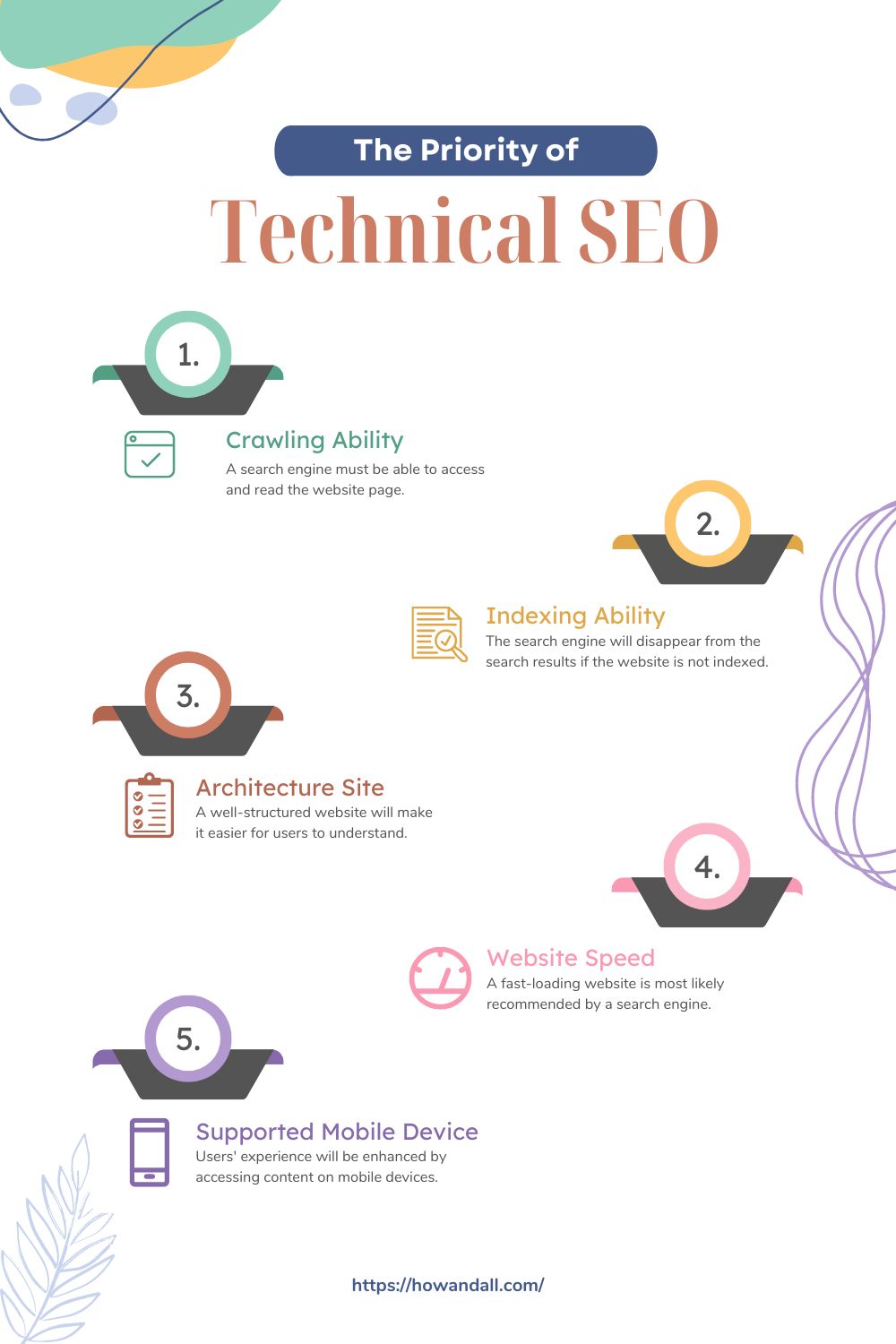
SEO – How to Optimize Your Blog Posts: A Step-by-Step Guide.
-
by admin
- 0
In the vast digital landscape, where countless blog posts are published every day. Without SEO optimization, getting your content noticed can feel like finding a needle in a haystack. This is where Website streamlining (Web optimization) becomes possibly the most important factor.
By optimizing your blog posts, you can improve their visibility and attract more organic traffic to your website. In this comprehensive guide, we’ll walk you through the process of optimizing your blog posts for SEO, step by step.
Table of content:
- Understanding the Importance of SEO.
- Conducting Keyword Research.
- Optimizing On-Page Elements.
- Creating High-Quality Content.
- Optimizing Images and Multimedia.
- Internal and External Linking.
- Optimizing for Mobile Responsiveness.

Understanding the Importance of SEO.
Before diving into the nitty-gritty of SEO optimization, it’s essential to understand why it matters. SEO helps search engines like Google understand what your content is about and rank it accordingly in search results. By optimizing your blog posts for relevant keywords and providing valuable content, you increase your chances of appearing higher in search engine rankings, driving more traffic to your website, and ultimately, boosting your online visibility and authority.
Conducting Keyword Research for SEO.
The first step in optimizing your blog posts for SEO is conducting keyword research. Catchphrases are the terms and expressions that individuals type into web crawlers while searching for data on the web. Distinguish applicable catchphrases connected with your blog entry subject utilizing instruments like Google Watchword Organizer, SEMrush, or Ahrefs. Look for keywords with a high search volume and low competition to maximize your chances of ranking well in search results.
Optimizing On-Page Elements – SEO.
Once you’ve identified your target keywords, it’s time to optimize the on-page elements of your blog post. This includes:
Title Tag: Craft a compelling title that includes your target keyword and accurately reflects the content of your blog post. Keep it concise, descriptive, and engaging, aiming for 60 to 80 characters to ensure it displays properly in search engine results.
Meta Description: Write a concise meta description that summarizes the content of your blog post and entices users to click through to your website. Include your target keyword naturally and avoid keyword stuffing.
Header Tags: Use header tags (H1, H2, H3, etc.) to structure your blog post and break up content into sections. Include your target keyword in at least one header tag to signal its relevance to search engines.
URL Structure: Optimize your blog post URL by including your target keyword and keeping it short, descriptive, and user-friendly.
Also read “How to create engaging content for social media !“
Creating High-Quality Content for SEO.
Content is king when it comes to SEO. Write high-quality, informative, and engaging content that provides value to your audience. Aim to answer their questions, solve their problems, or fulfill their needs. Incorporate your target keyword naturally throughout your blog post, but avoid keyword stuffing, as it can harm your SEO efforts and make your content less readable.
Optimizing Images and Multimedia.
Pictures and sight and sound can upgrade the visual allure of your blog entries and further develop client experience. Optimize your images by including descriptive file names, alt text, and captions that incorporate your target keyword. Compress images to reduce load times and improve page speed, which is a crucial factor in SEO ranking.

Internal and External Linking.
Link building is an essential aspect of SEO optimization. Include both internal links (links to other pages on your website) and external links (links to reputable sources) in your blog posts. Internal links help search engines understand the structure of your website and navigate between pages, while external links provide additional context and credibility to your content.
Optimizing for Mobile Responsiveness.
With the majority of internet users accessing content from mobile devices, optimizing your blog posts for mobile responsiveness is crucial. Ensure that your website is mobile-friendly and that your blog posts display properly on all devices and screen sizes. Google prioritizes mobile-friendly websites in search results, so this step is essential for SEO success.
Conclusion
Streamlining your blog entries for Search engine optimization is a complex cycle that requires cautious preparation, exploration, and execution.
By understanding the importance of SEO, conducting keyword research, optimizing on-page elements, creating high-quality content, optimizing images and multimedia, incorporating internal and external linking, and optimizing for mobile responsiveness, you can improve your chances of ranking well in search engine results and driving more organic traffic to your website.
Follow this step-by-step guide, stay consistent with your efforts, and watch your SEO rankings soar!
In the vast digital landscape, where countless blog posts are published every day. Without SEO optimization getting your content noticed
In the vast digital landscape, where countless blog posts are published every day. Without SEO optimization getting your content noticed
